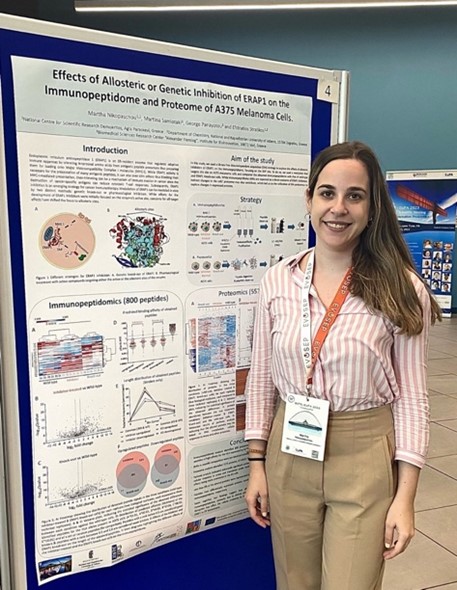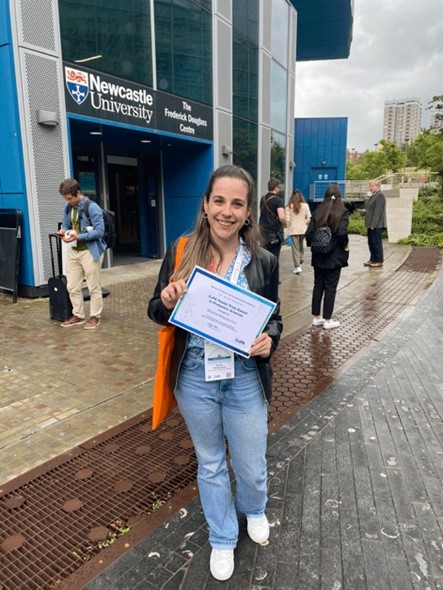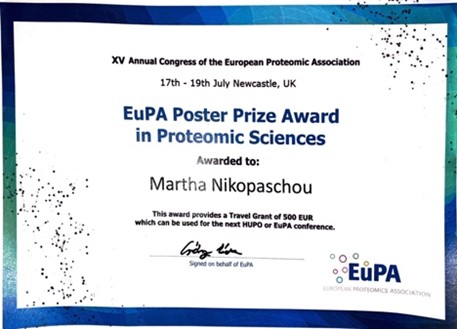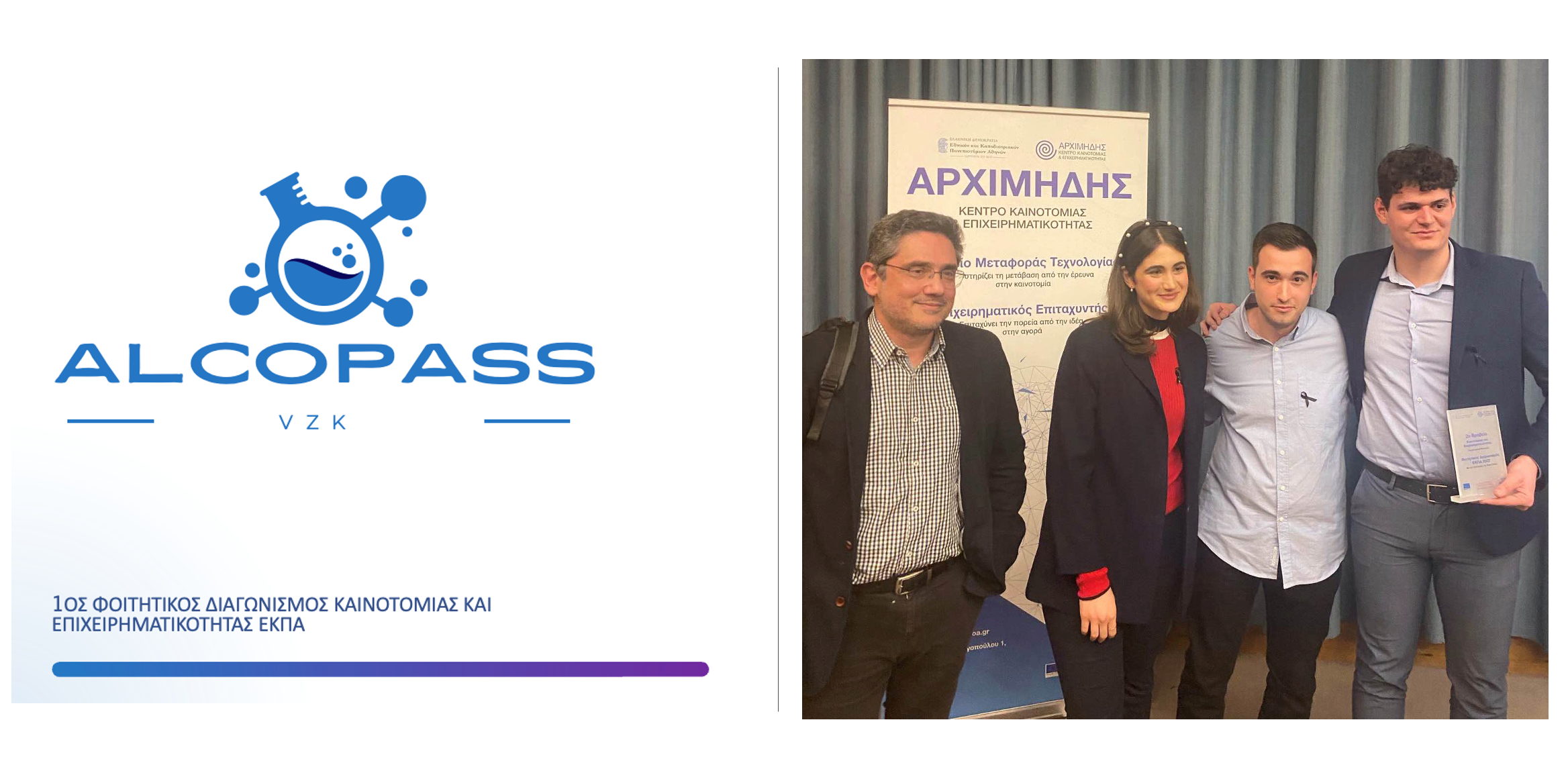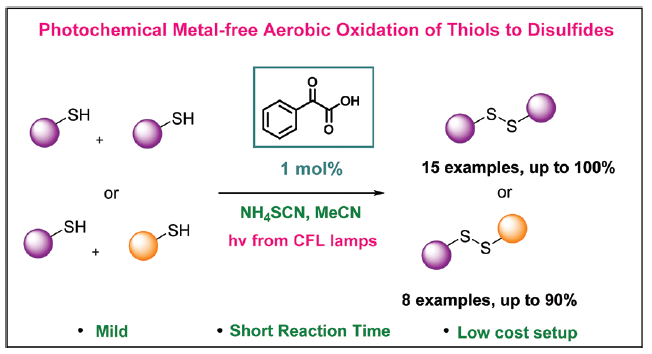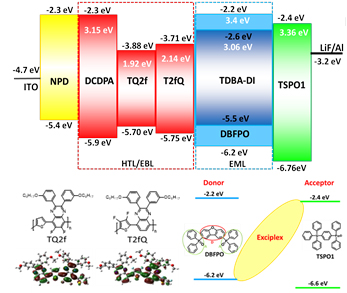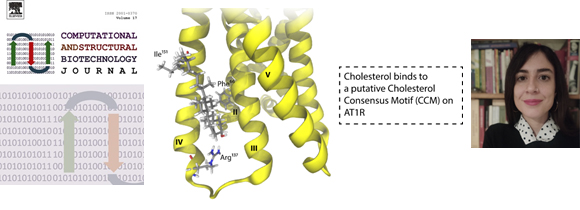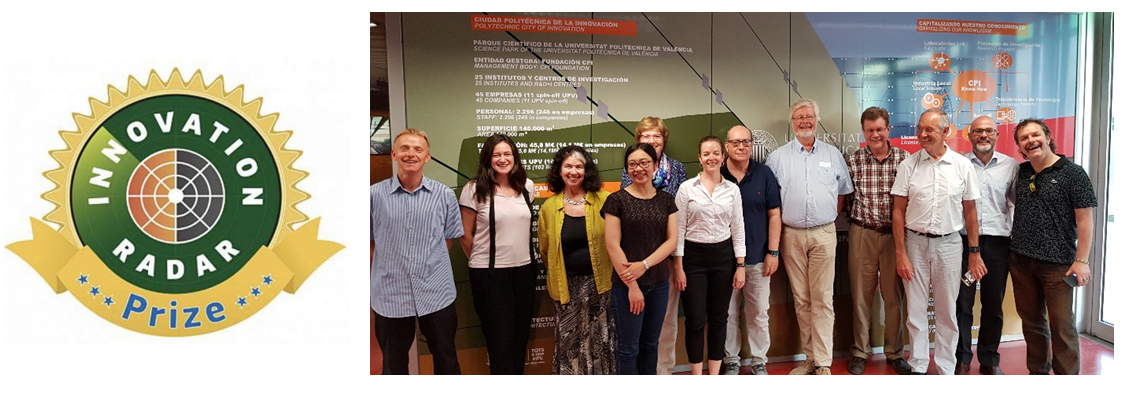1. Enhancing the treatment of glioblastoma polymorphism through rational design of the quercetin-losartan hybrid composition.
An article has been recently published in the journal Free Radical Biology and Medicine 160 (2), 391-402 (impact index in 2019 6.17 and last five years 6.46), entitled “Enhancing the treatment of polio glioblastoma through a quercetin hybrid –losartan”. In this article the team of the Laboratory of Organic Chemistry collaborated under the guidance of T. Mavromoustakos where rational drug design through Molecular Docking was performed, the team of Associate Professor A. Tzakos, under whose guidance the hybrid molecule was synthesized, conducting biological tests by the Departments of Medicine, Molecular Biology and Biotechnology and Biology of the University of Ioannina, the John Fulcher Neuro-Oncology Laboratory, Imperial College London, Hammersmith Hospital, London, UK and Monash Biomedicine Discovery Institute and Department of Biochemistry and M , Monash University, Clayton, VIC, 3800, Australia.
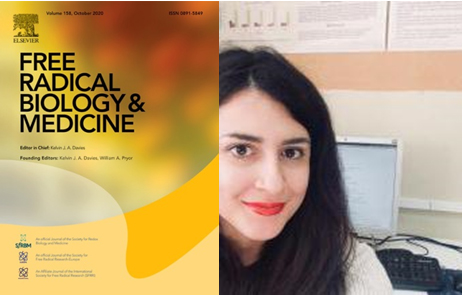
A brief summary of the research work is given below: Glioblastoma multiforme (GBM) is the most common and aggressive primary malignant brain tumor. Maximal surgical resection followed by radiotherapy and concomitant chemotherapy with temozolomide remains the first-line therapy, prolonging the survival of patients by an average of only 2.5 months. There is therefore an urgent need for novel therapeutic strategies to improve clinical outcomes. Reactive oxygen species (ROS) are an important contributor to GBM development. Here, we describe the rational design and synthesis of a stable hybrid molecule tethering two ROS regulating moieties, with the aim of constructing a chemopreventive and anticancer chemical entity that retains the properties of the parent compounds. We utilized the selective AT1R antagonist losartan, leading to the inhibition of ROS levels, and the antioxidant flavonoid quercetin. In GBM cells, we show that this hybrid retains the binding potential of losartan to the AT1R through competition-binding experiments and simultaneously exhibits ROS inhibition and antioxidant capacity similar to native quercetin. In addition, we demonstrate that the hybrid is able to alter the cell cycle distribution of GBM cells, leading to cell cycle arrest and to the induction of cytotoxic effects. Last, the hybrid significantly and selectively reduces cancer cell proliferation and angiogenesis in primary GBM cultures with respect to the isolated parent components or their simple combination, further emphasizing the potential utility of the current hybridization approach in GBM.
2. Discovery of chemical compounds with dual inhibitory activity of TNF and RANKL, two proteins that are major targets for the treatment of chronic inflammatory diseases.
Distinction of published work: G. Melagraki, E. Ntougkos, V. Rinotas, C. Papaneophytou, G. Leonis, T. Mavromoustakos, G. Kantopidis, E. Douni, A. Afantitis, G. Kol. Cheminformatics-aided discovery of small-molecule protein-protein interaction (PPI) dual inhibitors of Tumor Necrosis Factor (TNF) and receptor activator of NF-κB B ligand (RANKL). PLOS Computational Biology 13 (4), e1005372 (2017). (I.F 2020 4.380). This article is among the top 10% published in the internationally renowned journal PLOS Computational Biology published in 2017.
Congratulations Thomas!
Your article is among the top 10% most cited PLOS Computational Biology papers published in 2017.
Cheminformatics-Aided Discovery of Small-Molecule Protein-Protein Interaction (PPI) Dual Inhibitors of Tumor Necrosis Factor (TNF) and Receptor Activator of NFKB Ligand (RANKL)
CITED 21 TIMES as of July 2020.
Share the good news with your social networks:
